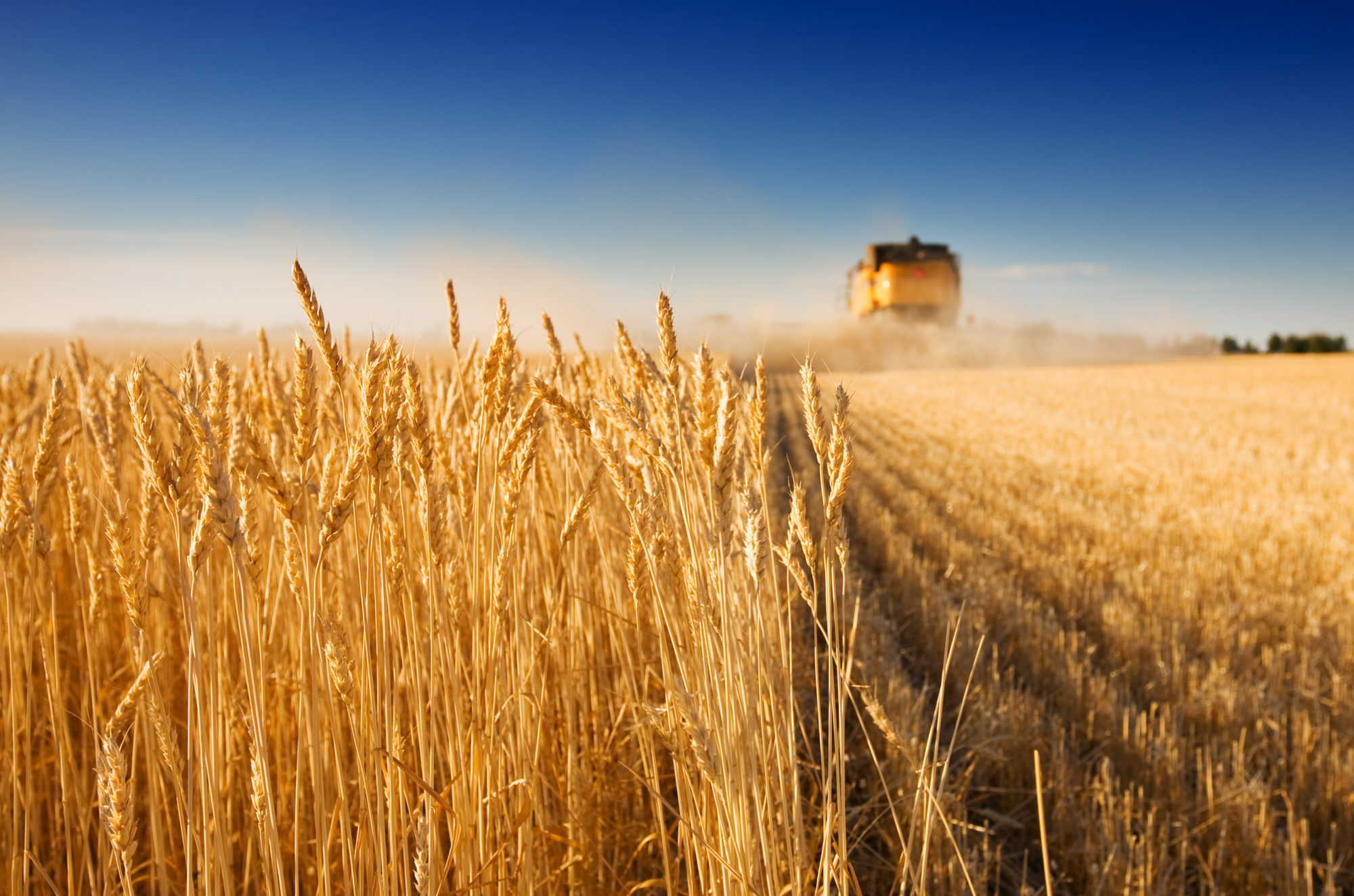The European Union, the world’s largest wheat grower, may produce 126.5 million metric tons of soft wheat, 400,000 tons more than forecast a month ago, the European Commission said yesterday. The harvest in France, the bloc’s biggest producer, may increase 7.9 percent from last year, the country’s Agriculture Ministry said. Paris milling wheat surged 15 percent last month as U.S. drought threatened global grain supplies.
“The harvest is in place in France and progressing in the main regions, like Champagne,” Arnaud Saulais, a broker at Starsupply Commodity Brokers, said by phone from Nyon, Switzerland. “Milling-wheat harvest yields are good and quality is not so bad.”
Wheat for September delivery dropped 2.3 percent to $8.68 a bushel on the Chicago Board of Trade by 1:10 p.m. London time.
The grain jumped 17 percent in July. In Paris, November-delivery milling wheat declined 1.3 percent to 257 euros ($316) a ton on NYSE Liffe.
The world may produce 665 million tons of wheat in the 2012-13 season, the London-based International Grains council said July 26. While the estimate was unchanged from the prior forecast on July 2, output may still be 4.5 percent lower than the previous year as dry weather has reduced prospects for Russia’s crop. Both wheat and corn are used in livestock feed.
Corn Tumbles
Corn for December delivery fell 1 percent to $7.97 a bushel in Chicago, erasing a gain of as much as 1.4 percent. Futures surged 27 percent in July, the most since 1988, and touched a record $8.205 yesterday.
Soybeans for November delivery slid 0.7 percent to $16.2975 a bushel, wiping out a climb of as much as 1.2 percent. The oilseed jumped 15 percent last month.
Chances of showers have increased for parts of the Midwest for tomorrow and Aug. 3, with southern areas of Illinois, Indiana and Iowa benefiting as well as Nebraska, Commodity Weather Group said today in a report. Some regions may get 1.25 inches (3.2 centimeters) in the next five days. Showers yesterday also benefited central wheat-growing areas in the former Soviet Union, the forecaster said.
Only 24 percent of U.S. corn and 29 percent of soybeans were in good to excellent condition as of July 29, the lowest ratings since 1988, according to the Department of Agriculture.
Moderate to extreme drought covered the largest area of the contiguous U.S. since 1956 at the end of June, according to the National Climatic Data Center.



